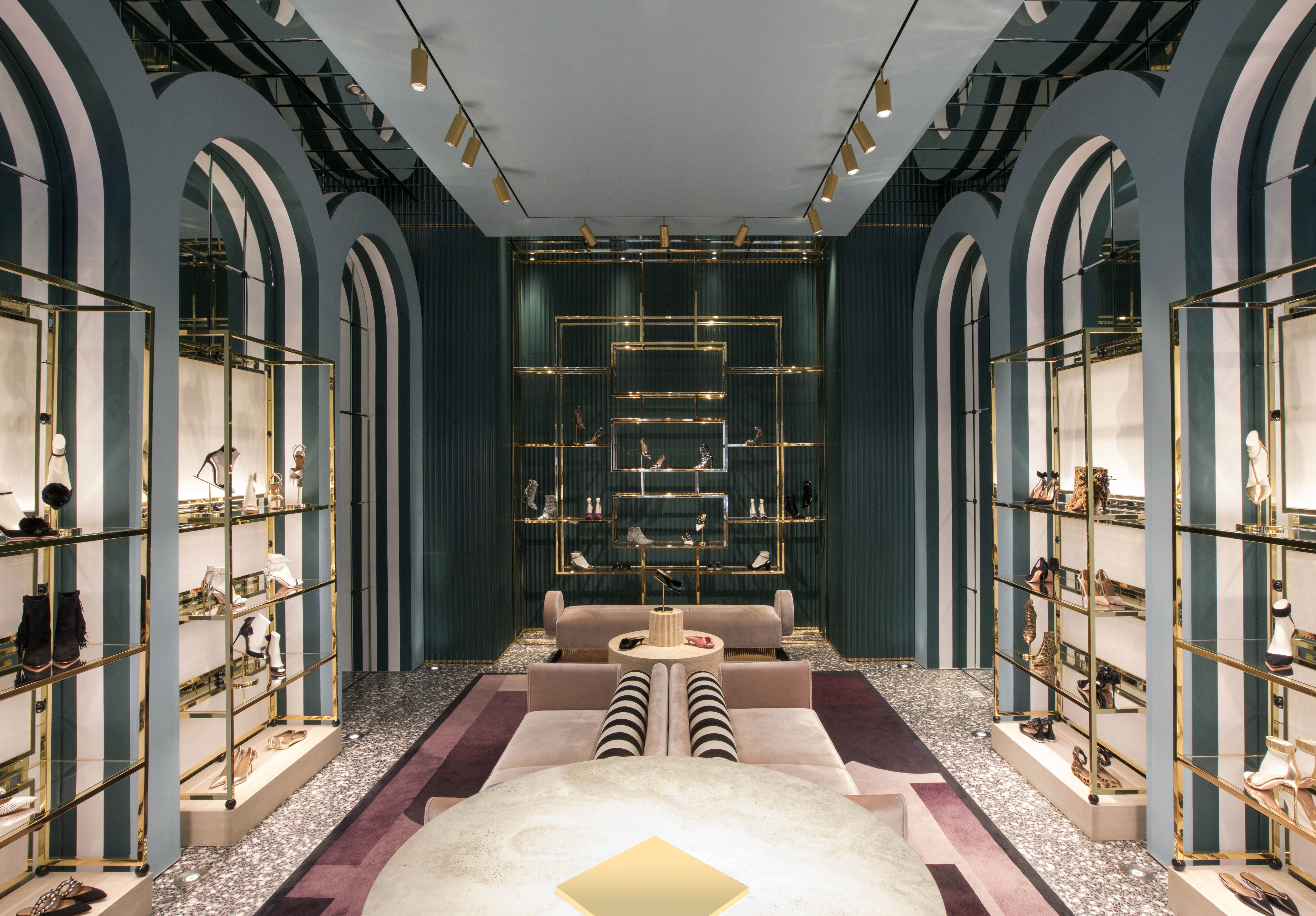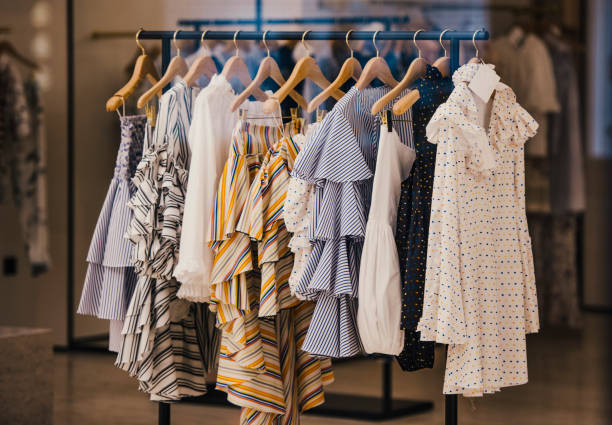Revealing the Tricks Behind Affordable Boutique Fashion
Revealing the Tricks Behind Affordable Boutique Fashion
Blog Article
Checking Out the Evolution and Impact of Apparel on Modern Fashion Trends
The advancement of garments has considerably influenced contemporary style fads, combining historic precedents with advanced developments. Renowned numbers like Coco Chanel and Yves Saint Laurent reinvented the style industry by introducing concepts that focus on comfort and availability, which continue to resonate today.
Historic Fashion Influencers
In the tapestry of fashion background, specific figures have left an indelible mark, forming the fads and designs that specify whole eras. Coco Chanel, an innovative developer, redefined women's fashion by presenting comfortable, classy clothes that departed from restrictive bodices.
Elsa Schiaparelli is another pivotal figure, renowned for her progressive designs that included surrealist art, collaborating with Salvador Dalí to develop whimsical items that tested conventional visual appeals. Her cutting-edge use of color and strong patterns reverberates in modern fashion. Yves Saint Laurent, meanwhile, democratized haute couture with prêt-à-porter collections, bringing path designs to the masses and setting a precedent for contemporary ready-to-wear lines.
These dreamers, to name a few, not only revolutionized fashion in their times however additionally established withstanding patterns that reverberate in today's apparel industry, supplying a foundation upon which contemporary designers remain to build and introduce. Their legacies highlight the value of creativity and bold in fashion's ever-evolving narrative.
Technological Developments in vogue
Amidst the dynamic landscape of the fashion business, technical innovations stand at the leading edge of innovation, improving exactly how developers create and consumers involve with style. The integration of 3D printing has actually revolutionized style procedures, allowing designers to experiment with complex frameworks and sustainable materials that were formerly impossible. This modern technology helps with quick prototyping, lowering waste and accelerating manufacturing times.

Smart textiles, embedding modern technology into fabrics, are additionally changing the market. Developments like temperature-regulating and self-cleaning fabrics supply improved functionality and convenience. Wearable modern technology, incorporating functions like physical fitness monitoring and communication, adds a brand-new dimension to style, merging appearances with usefulness.
Social Shifts and Design
As technological improvements remain to improve the fashion business, cultural shifts are similarly influential, redefining style and consumer choices. In recent years, the rise of social media sites platforms has actually increased the circulation of global fashion trends, allowing varied social influences to converge and coexist. This electronic interconnectivity has actually helped with the fast exchange of concepts, leading to a more eclectic and inclusive interpretation of style that mirrors the multifaceted nature of modern culture.
Social awareness and gratitude have prompted developers to attract ideas from a more comprehensive spectrum of historical and ethnic contexts, incorporating typical themes my sources with modern appearances. This blend has resulted in style that resonates with a broader audience, advertising a feeling of identity and belonging across different demographics. Additionally, the increasing need for customization has actually driven brands to provide customizable options, enabling customers to share originality while reflecting their social heritage.
Additionally, shifting societal values have actually influenced style, with inclusivity and variety becoming central motifs. The industry has started to embrace designs and influencers of different physique, ethnicities, and sex identifications, difficult traditional elegance standards. This improvement highlights the power of social changes in shaping the future of style, as design becomes a more authentic expression of personal and cumulative identification.
Sustainability and Modern Design
While the click now fashion sector continues to evolve, the essential for sustainability has actually become progressively immediate, affecting modern style techniques. The surge of slow fashion, which stresses top quality over quantity, encourages consumers to spend in classic pieces instead than short-term fads.
Moreover, modern design is identified by its advancement in minimizing waste and promoting circularity. Methods such as zero-waste pattern cutting and 3D knitting are obtaining grip, enabling designers to produce garments with minimal textile wastage. In addition, brand names are adopting transparent supply chains, guaranteeing liability and cultivating consumer depend on. This approach not just mitigates ecological impact yet likewise improves the social responsibility of style houses.

Future Trends in Style

Sustainability will remain to be a driving force in shaping future style patterns. The industry Full Article is progressively embracing eco-friendly materials and moral production approaches, reacting to an expanding consumer need for accountable practices. Developments such as bio-fabricated materials and closed-loop recycling systems are readied to redefine how apparel is created and eaten, decreasing ecological impact while preserving style and high quality.
Social shifts, consisting of the increase of inclusivity and diversity, will also play a pivotal duty. As culture becomes a lot more knowledgeable about social problems, style is anticipated to end up being a system for expression and change. Developers will likely concentrate on creating collections that mirror a wider variety of experiences and identifications, promoting depiction and accessibility.
Final Thought
The advancement of apparel significantly impacts contemporary fashion fads, where historic influences merge with modern layouts. This continuous evolution underscores fashion's role as a mirror to social values and technological improvement, suggesting a future rich with technology and inclusivity.
The advancement of apparel has significantly influenced modern style fads, combining historical criteria with advanced technologies.Amidst the dynamic landscape of the fashion market, technological advancements stand at the leading edge of advancement, reshaping exactly how designers develop and consumers involve with style.While the style market continues to evolve, the critical for sustainability has ended up being increasingly immediate, influencing modern style methods. As sustainability becomes embedded in modern-day layout, it leads the way for an extra mindful and liable fashion sector.
The development of apparel substantially affects modern-day fashion patterns, where historical influences combine with modern designs.
Report this page